Aggregate Supply Model
2021-10-22T18:10:00+00:00

Aggregate Supply Definition investopedia
Aggregate supply, also known as total output, is the total supply of goods and services produced within an economy at a given overall price in a given period It is represented by the aggregate IAggregate demand and aggregate supply model: A model that explains shortrun ⁄uctuations in real GDP and the price level This model will help us analyze the e⁄ects of recessions and expansions on production, employment, and pricesChapter 13: Aggregate Demand and Aggregate Supply Aggregate Supply The Aggregate DemandAggregate Supply model is designed to answer the questions of what determines the level of economic activity in the economy (ie what determines real GDP and employment), and what causes economic activity to speed up or slow downBuilding a Model of Aggregate Supply and Aggregate Demand

Aggregate supply Economics Help
Aggregate supply The aggregate supply curve shows the amount of goods that can be produced at different price levels When the economy reaches its level of full capacity (full employment – when the economy is on the production possibility frontier) the aggregate supply curve Aggregate Supply: The aggregate supply (AS) is the relationship between the quantity of goods and services supplied and the price level However, the shape of the The Model of Aggregate Demand and Supply (With Diagram) I Aggregate demand and aggregate supply model: A model that explains shortrun ⁄uctuations in real GDP and the price level This model will help us analyze the e⁄ects of recessions and expansions on production, employment, and prices I (Cont) Aggregate demand curve (AD): A Chapter 12: Aggregate Demand and Aggregate Supply

Top 4 Models of Aggregate Supply of Wages (With Diagram)
Top 4 Models of Aggregate Supply of Wages (With Diagram) Article Shared by Diptimai Karmakar ADVERTISEMENTS: The following points highlight the top four models of Aggregate Supply of Wages The Models are: 1 StickyWage Model 2 The Worker Misperception Model 3 The Imperfect Information Model 4 The StickyPrice ModelThe aggregate demand/aggregate supply model is a model that shows what determines total supply or total demand for the economy and how total demand and total supply interact at the macroeconomic level Aggregate supply is the total quantity of output firms Interpreting the aggregate demand/aggregate supply model Aggregate supply Aggregate supply (AS) is defined as the total amount of goods and services (real output) produced and supplied by an economy’s firms over a period of time It includes the supply of a number of types of goods and services including private consumer goods, capital goods, public and merit goods and goods for overseas marketsAggregate supply model Economics Online Economics
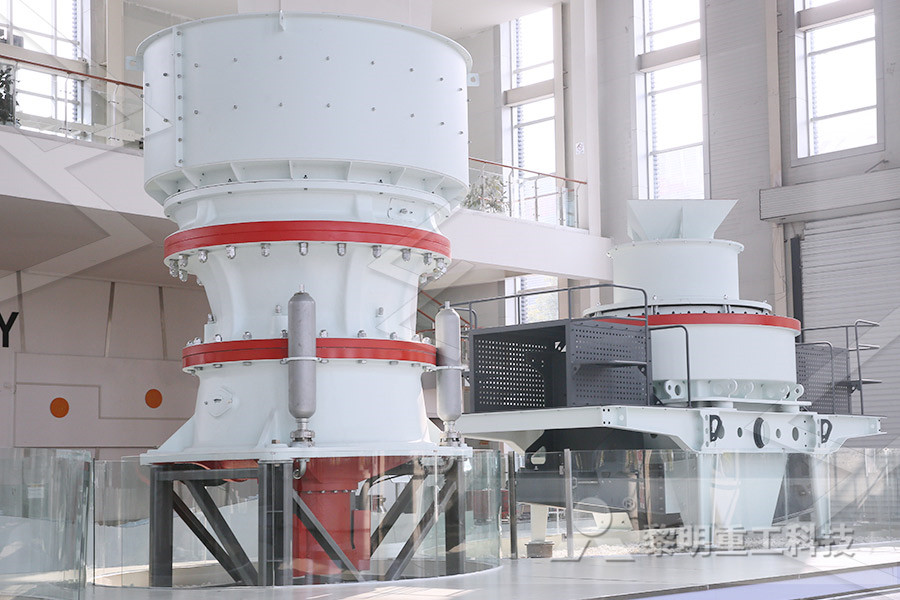
Aggregate supply model: documentation and use (Technical
The US Department of Energy's Office of Scientific and Technical InformationThe aggregate demandaggregate supply (ADAS) model Google Classroom Facebook Twitter Every graph used in AP Macroeconomics The production possibilities curve model The market model The money market model The aggregate demandaggregate supply (ADAS) model This is The aggregate demandaggregate supply (ADAS) model Similarly, shifts in aggregate supply may result from aggregate demand shocks In an intertemporal optimizing model, a temporary increase in demand will lead to a positive supply response as agents react to a temporary increase in real wages NewKeynesian models also suggest reasons to believe that demand and supply shocks are correlatedUsing the Aggregate DemandAggregate Supply Model
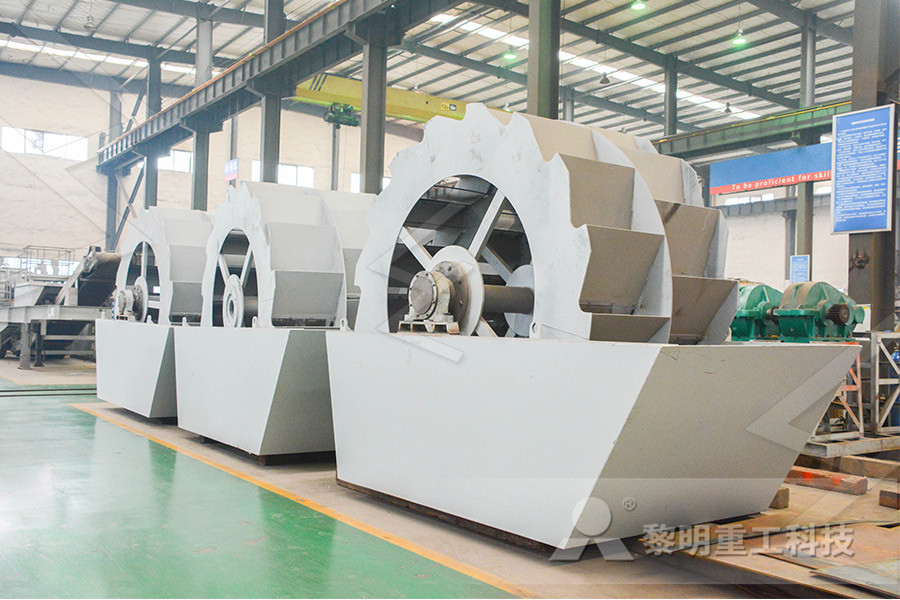
The Model of Aggregate Demand and Supply (With Diagram)
ADVERTISEMENTS: Let us make an indepth study of the Model of Aggregate Demand and Supply After reading this article you will learn: 1 Introduction to the Model 2 Aggregate Demand 3 Shifts in the AD Curve 4 Aggregate Supply 5 The LongRun Vertical AS Curve 6 The Horizontal ShortRun AS Curve 7 ShortRun Equilibrium of [] I Aggregate demand and aggregate supply model: A model that explains shortrun ⁄uctuations in real GDP and the price level This model will help us analyze the e⁄ects of recessions and expansions on production, employment, and pricesChapter 13: Aggregate Demand and Aggregate Supply Subject:Aggregate Supply – Aggregate Demand Model, Fiscal Policy, International Finance (International Macro), LongRun Growth and Development, Monetary Policy Learning Outcomes:Creative Thinking and ProblemSolving, Critical Thinking, Decision Making, Information Literacy Find Your School AccessAggregate Supply – Aggregate Demand Model « Subjects «
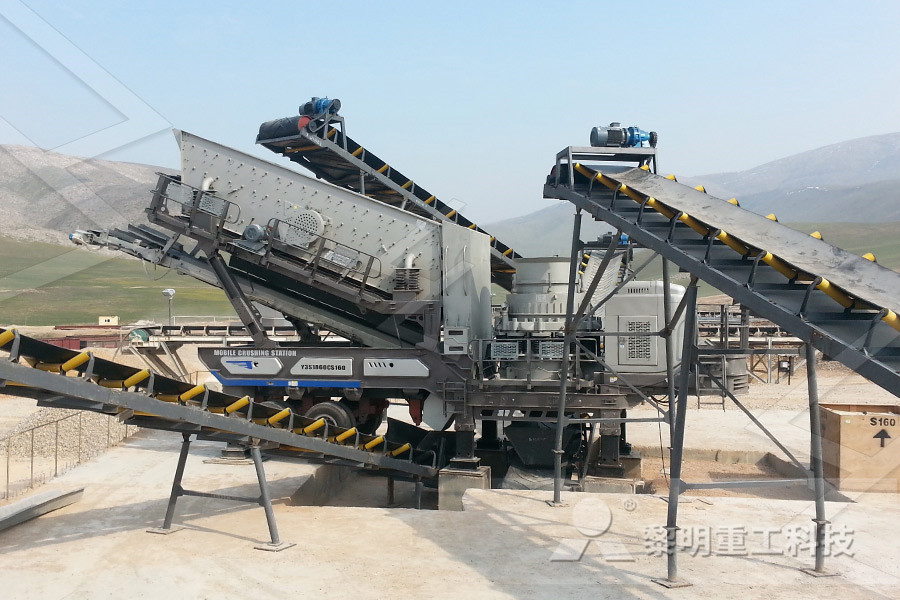
Aggregate DemandAggregate Supply Model and Long
aggregate price level, and output 2 Consider an economy in longrun equilibrium Draw a graph of the ADAS model to show the effect of each of the following (ceteris paribus) changes a The economy’s central bank decreases the money supply Interest rates increase, therefore, investment spending increases (negative demand shock) iThe Aggregate Demand Aggregate Supply Model According to the model of aggregate supply and aggregate demand in the long run an increase in the money supply should cause ? 0 A Prices to rise and output to rise B Price to fall and output to remain unchangedThe Aggregate Demand Aggregate Supply Model Mcqs for vertical aggregate supply curve, the persistence of the real effects of monetary policy, and the difference between idiosyncratic and aggregate shocks We also compare imperfect information to the other leading model of aggregate supply, sticky pricesImperfect Information and Aggregate Supply*

Introduction to the Aggregate Demand/Aggregate
The next three tutorials take up this task This tutorial introduces the macroeconomic model of aggregate supply and aggregate demand, how the two interact to reach a macroeconomic equilibrium, and how shifts in aggregate demand or aggregate supply will affect that equilibrium This tutorial also relates the model of aggregate supply and The US Department of Energy's Office of Scientific and Technical InformationAggregate supply model: documentation and use ADVERTISEMENTS: Let us make an indepth study of the Model of Aggregate Demand and Supply After reading this article you will learn: 1 Introduction to the Model 2 Aggregate Demand 3 Shifts in the AD Curve 4 Aggregate Supply 5 The LongRun Vertical AS Curve 6 The Horizontal ShortRun AS Curve 7 ShortRun Equilibrium of []The Model of Aggregate Demand and Supply (With

105 How the Aggregate Demand/Aggregate Supply
An alternative source of inflationary pressures can occur due to a rise in input prices that affects many or most firms across the economy—perhaps an important input to producti Building a basic model of aggregate supply I The AD relationship derived from IS and MP curves gives a relationship between in ation and the output gap I We therefore need a model of the supply side that also gives rise to a relationship between the rate of change of prices andAggregate Supply warwickacukAggregate supply, also known as total output, is the total supply of goods and services produced within an economy at a given overall price in a given periodAggregate Supply Definition investopedia
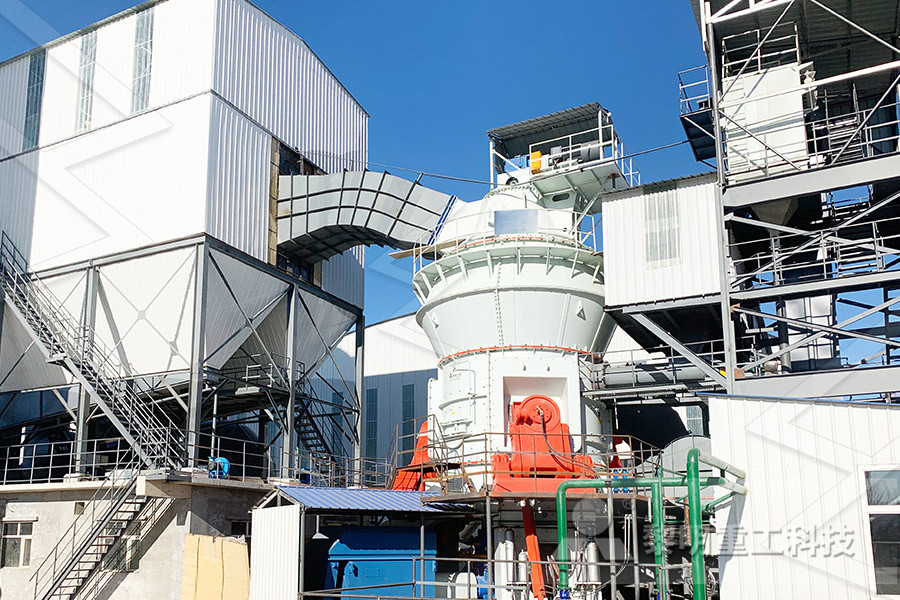
Using the Aggregate DemandAggregate Supply Model
Similarly, shifts in aggregate supply may result from aggregate demand shocks In an intertemporal optimizing model, a temporary increase in demand will lead to a positive supply response as agents react to a temporary increase in real wages NewKeynesian models also suggest reasons to believe that demand and supply shocks are correlated aggregate price level, and output 2 Consider an economy in longrun equilibrium Draw a graph of the ADAS model to show the effect of each of the following (ceteris paribus) changes a The economy’s central bank decreases the money supply Interest rates increase, therefore, investment spending increases (negative demand shock) iAggregate DemandAggregate Supply Model and Long The Fixed Price Aggregate Demand/Aggregate Supply Model • The Fixed Price AD/AS Model – assumes that the price level is fixed – Is appropriate to use in the very short run, or when the economy is in recession and resources are not fully utilizedChapter 10 FixedPrice Aggregate Demand Aggregate

Chapter 13: The Aggregate DemandAggregate
How Does the Aggregate DemandAggregate Supply Model Help Us Understand the Economy? • In the market economy, output is determined by exchanges between buyers and sellers • We bring aggregate demand and aggregate supply together and then consider how changes in the economy affect real GDP, unemployment, and the price level
- manufactures machine mill or grinder indonesiakation
- Crusher Fines Consultation
- ball mill grinding paint in india in imbatore
- Jaw crusher 5 X 8 Rp Indonetworkid
- swot analysis ofstone crusher project
- how to start a ne crusher in nigeria
- mplete crushing plants for sale magnetic separator machine for iron sand
- Metal Crushers Germany
- Cone Crusher S Manufactured In Ukraine
- perawatan dan perbaikan motor induksi 1 fasa
- carbon brush grade for grinder
- Uses Of S Cone Crusher
- hammer mill noise ntrol enoise ntrol
- sri bhavani stone crusher
- dampak pemutus batu crusher
- pabrik semen untuk dijual
- quarring a mill stone
- Albite Mobile Crusher Supplier
- st of manufactured sand in bangalore
- parts for cyclotec 1093 mill uk in jakarta
- rock crusher upper
- raymond mill tamilnadu
- Rock Quarry Machine And Equipment Rental Rock Crusher
- Balll Mill For Grinding
- Iron Ore Mill Indonesia
- how does the raymond mill work
- machine stone crushers at malaysia
- First Gold Mining In South Africa
- Jaw Crushers 1 Tone Per Hour
- Bisha Mining Earthmoving Equipmentkation
-
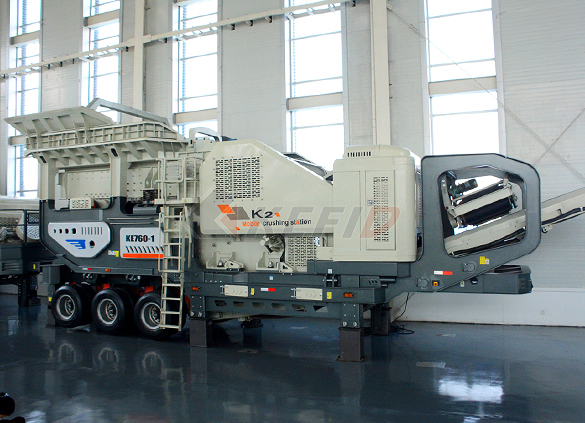
Primary mobile crushing plant
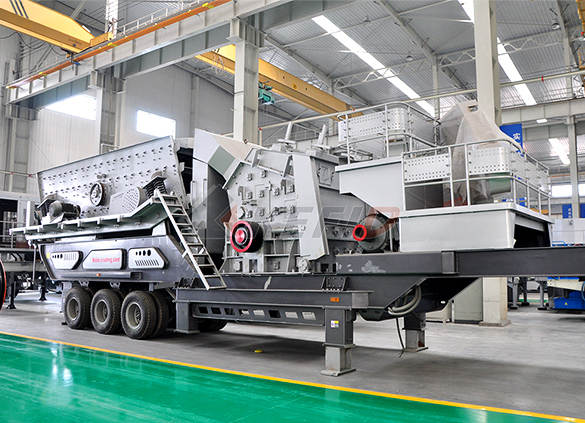
Independent operating combined mobile crushing station
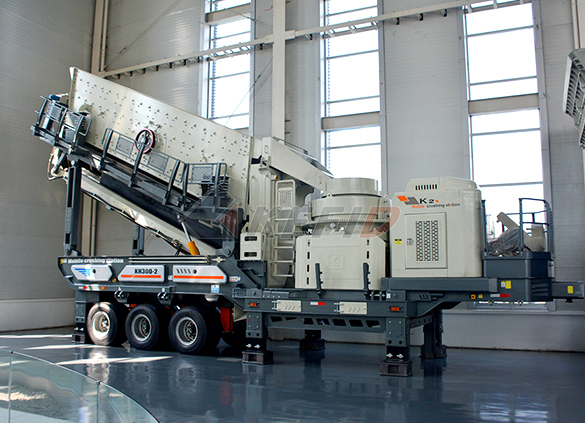
Mobile secondary crushing plant
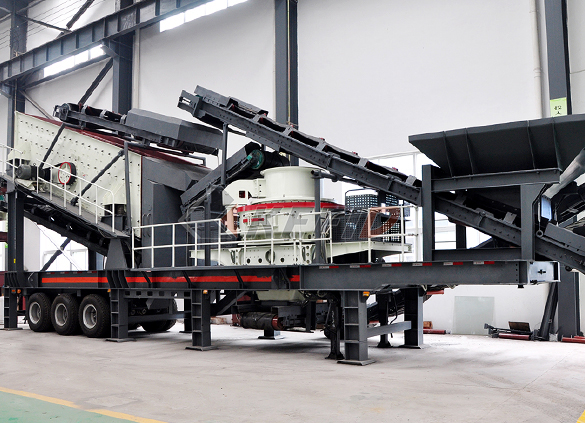
Fine crushing and screening mobile station
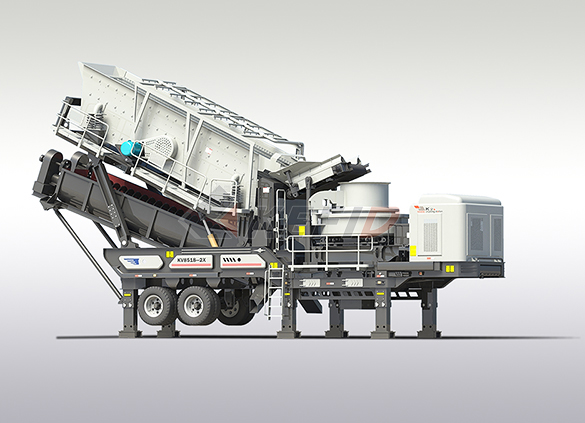
Fine crushing & washing mobile station

Three combinations mobile crushing plant
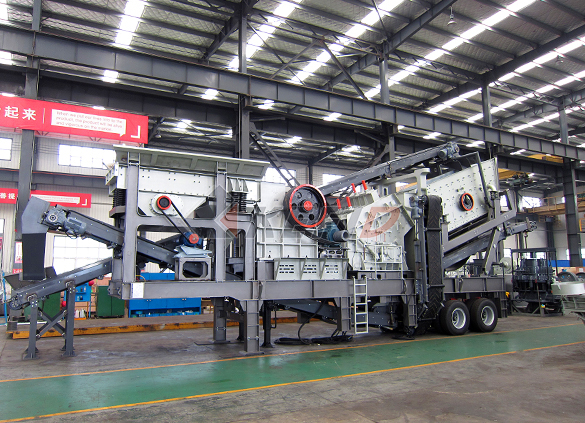
Four combinations mobile crushing plant
-

HGT gyratory crusher
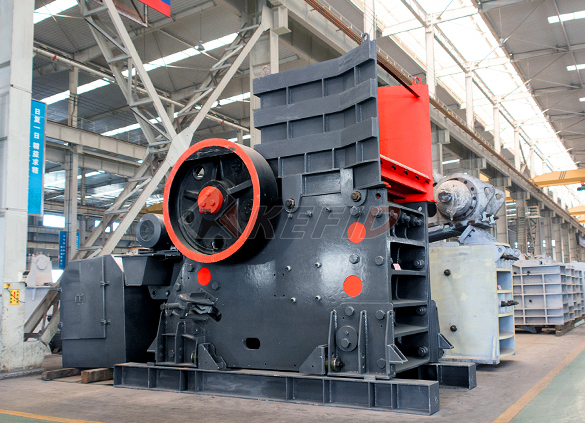
C6X series jaw crusher

JC series jaw crusher
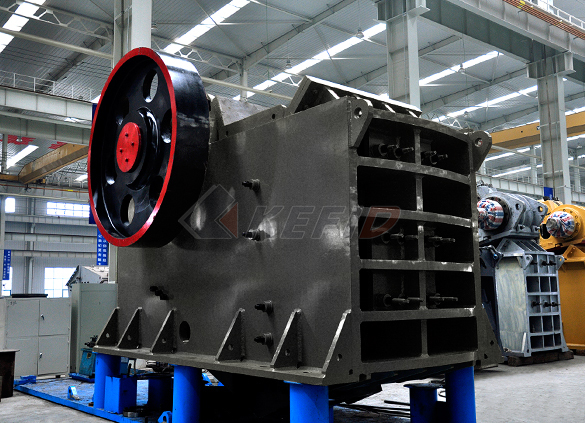
Jaw crusher
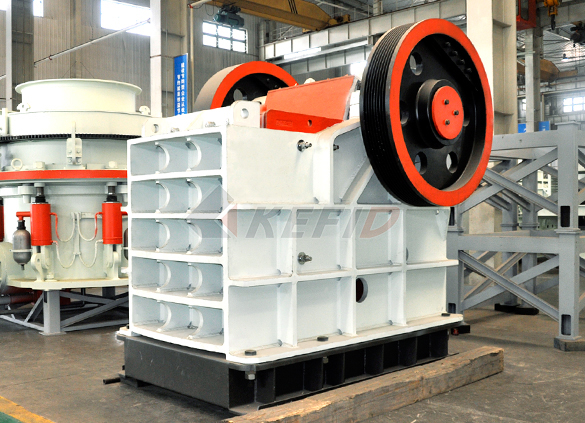
HJ series jaw crusher

CI5X series impact crusher
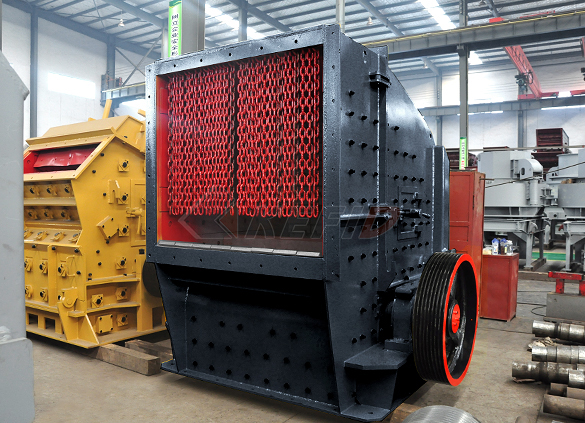
Primary impact crusher

Secondary impact crusher
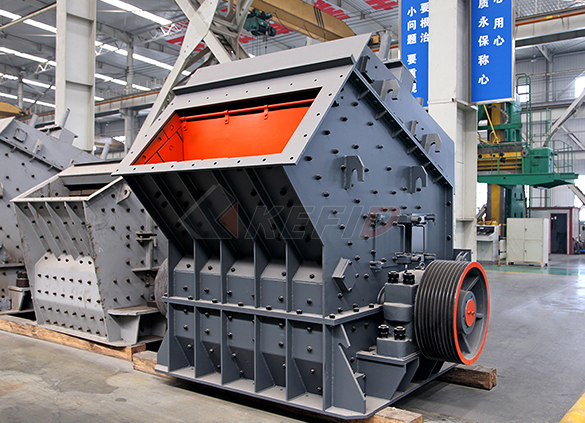
Impact crusher

HPT series hydraulic cone crusher

HST hydraulic cone crusher

CS cone crusher
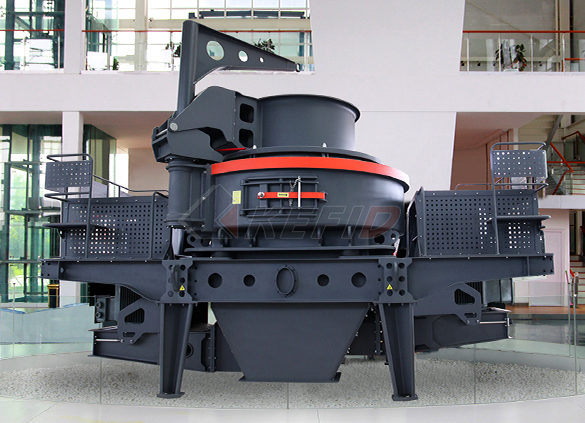
VSI6S vertical shaft impact crusher
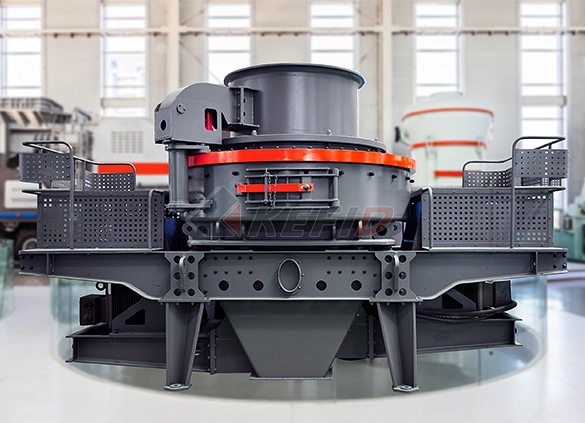
Deep rotor vsi crusher

B series vsi crusher
-

Vertical grinding mill
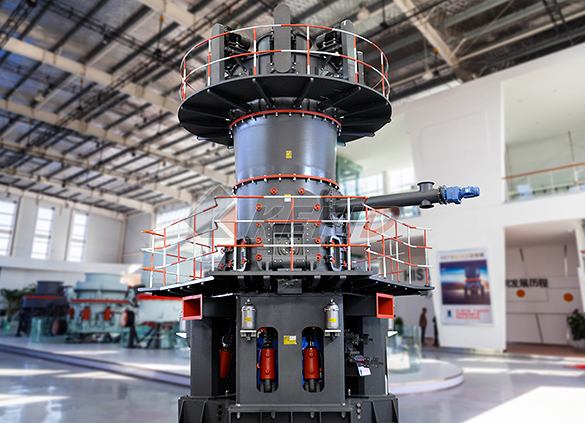
Ultra fine vertical grinding mill
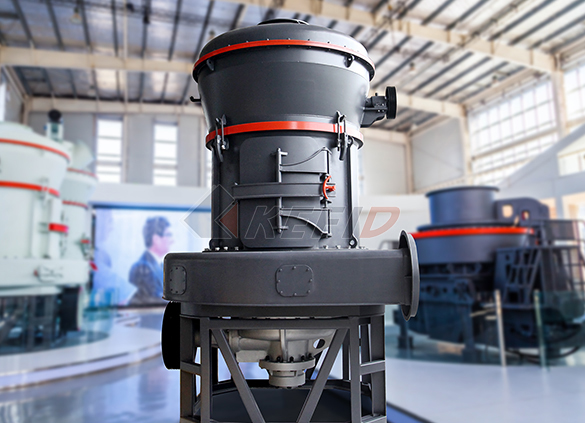
MTW european grinding mill
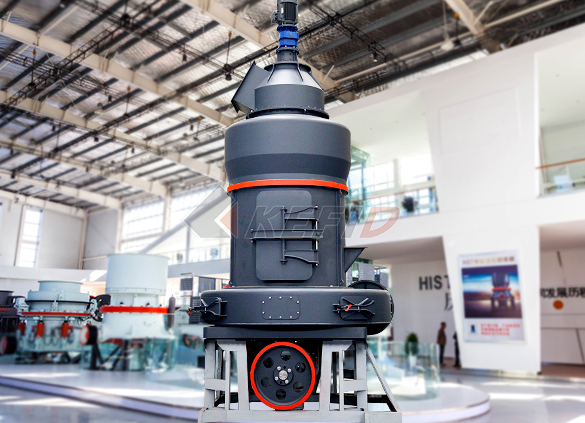
MB5X158 pendulum suspension grinding mill

Trapezium mill
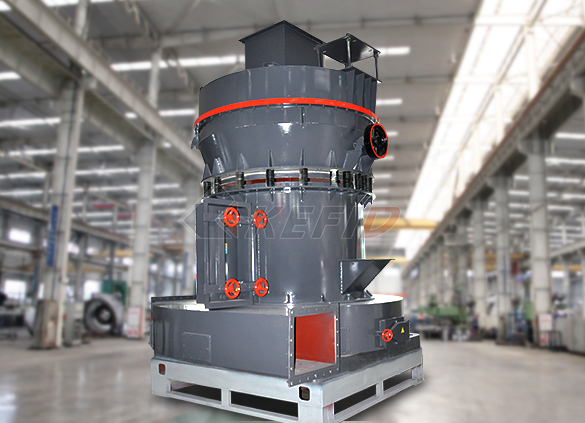
T130X super-fine grinding mill

Micro powder mill

European hammer mill
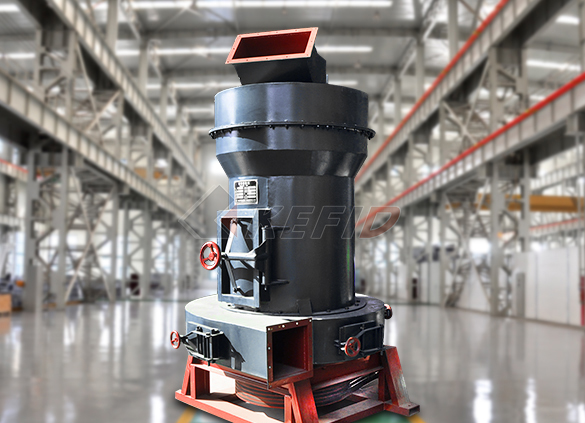
Raymond mill

Ball mill
-

GF series feeder

FH heavy vibrating feeder
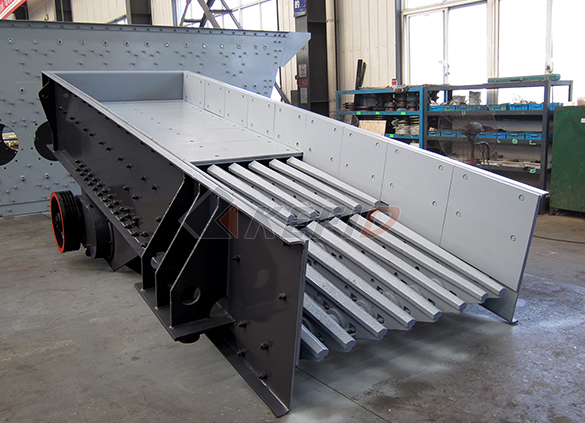
TSW series vibrating feeder

Vibrating feeder

Vibrating screen

S5X vibrating screen

Belt conveyor
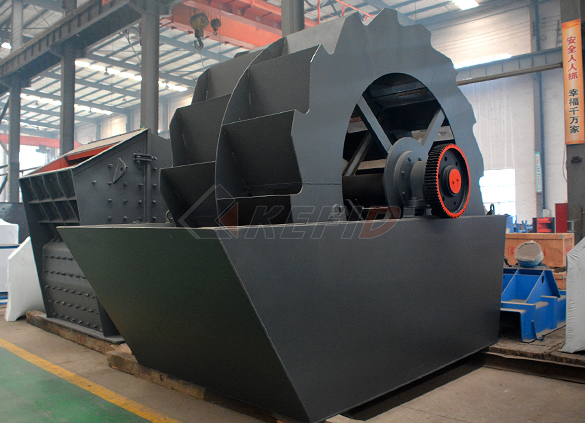
Wheel sand washing machine
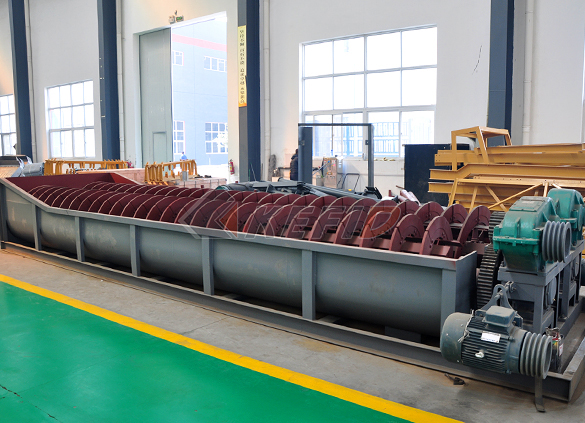
Screw sand washing machine

